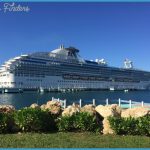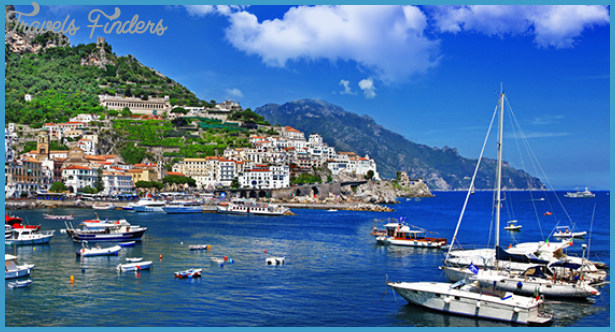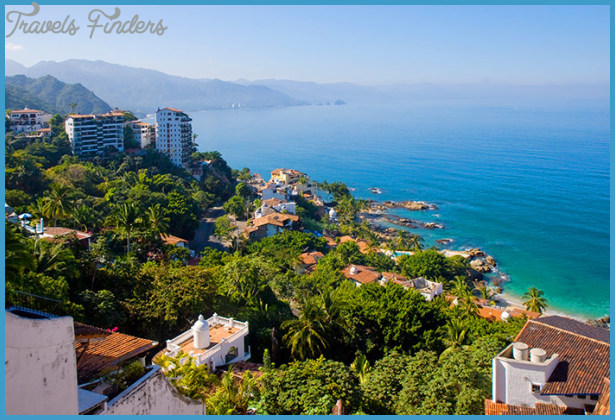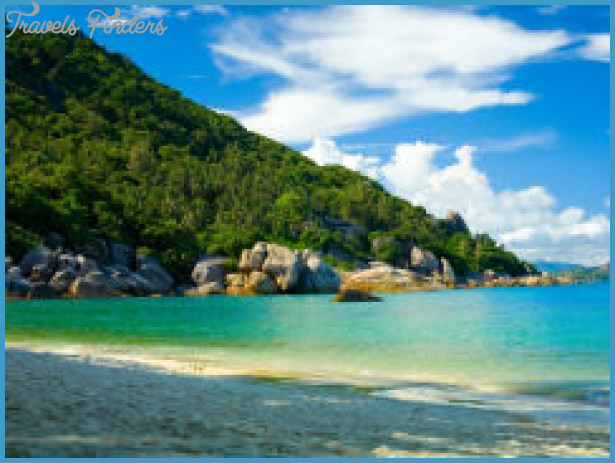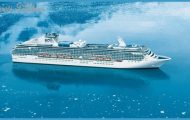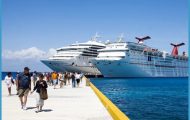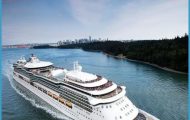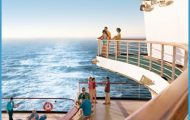In previous chapters, we’ve taken a look at the who and what of your cruise choices. Now it’s time to focus on the when and where. The next step in ensuring you’ll have a successful cruise vacation is to match your expectations to the right itinerary for you and your own personal travel preferences.
While some regions of the world for example, equatorial regions where there’s less seasonal difference in the weather offer cruises year-round, many others are traditionally limited to certain months of the year. If that’s where you know you want to go, you’ll have to plan in advance to clear time in that season. Conversely, if you only have certain time windows free, then we’ll help you identify the regions that are active in those time periods.
Once you’ve decided on the season and the region, we’ll clue you into the different travel experiences of various routes in that region. And finally, we’ll profile a number of major ports of call, and ports of embarkation, so that you can be sure that the itinerary you choose includes experiences you’ll enjoy.
WHAT’S IN SEASON?
You can take a cruise any time of the year but, depending on where you want to go, some times are better than others for a visit.
Caribbean cruises are available year-round but are most crowded when children have off from school. This means that spring break, July, August, and December can see prices hit premium levels, whereas the shoulder season months of January, September and October are likely to be more cost-effective. There’s another reason fall is slow in this region: hurricane season. Officially that lasts from June through November, but historically most storms have hit in September and October. Usually, if a hurricane is predicted the cruise is re-routed, not cancelled, but it’s helpful to know that cruises planned during this time frame might be more prone to last-minute itinerary changes. And while its safe to cruise at this time (the ships are faster than the storms), sometimes the result is passengers having to endure rough seas. Cruises to the west coast of Mexico run year-round with much less seasonal fluctuation.
Shore excursions: THE WHAT, WHEN & WHY
Shore excursions, or tours offered by the cruise lines, can end up being the largest vacation expense after the cost of the cruise itself. It’s no secret that the cruise lines mark up these excursions drastically and sell them relentlessly, both before the cruise and during it. That being said sometimes they provide a way for passengers to efficiently see the sites, without having to worry about transportation or being back at the ship on time. The latter is important: The cruise line always waits if its own excursions are late getting back, but will not wait if individual passengers aren’t at the dock on time.
A wide variety of shore excursions are available. Some are of the walking-tour or bus-tour variety, allowing you to see the highlights of a port quickly with a tour guide there to provide context; others are just transfers to popular sites, such as beaches or water parks, or reefs for snorkeling. Still others are activity-oriented: Cruise passengers have the opportunity to go sea kayaking, mountain biking, horseback riding, on ATV tours, and even rock climbing. You can see the sights by seaplane or helicopter. You’ll find quirky excursions, especially on the luxury lines, such as visits with local artists in their studios or with vintners at wineries.
But, as we said at the start, these experiences usually don’t come cheaply and as we didn’t say, they’re often crowded. In many ports it’s possible to simply walk off the ship and see the sights. In others, there are outside companies that have less-expensive, smaller group tours that are the equal, or better, than what the cruiseline is offering. You can find those outside companies through such sites as CruisingExcursions.com , ShoreTrips.com and Viator.com
The key is to make some plan before the boat docks. We hope that the rest of the chapter will help with that a bit. As a rule of thumb, if the ship is docking in the middle of the action, you can likely see the sights on your own. However, if you’re going to a port where you’ll have to travel over 45-minutes to see the sights, or hang at a beach, it’s a better idea to take a tour (either with the cruise line or with an outside company) than trying to rent a car while in port. The only exception are those destinations where you’ll stay overnight; and the Hawaiian Islands (since car-rental companies are right at the terminal and are expert at dealing with cruise passengers).
Alaska ‘s cruise season is a short one, from May through September, although a few ships get an early jump, starting up in late April. May and September are considered the shoulder seasons, with lower brochure rates and more aggressive discounts offered during these months. Tip: We particularly like cruising to Alaska in May, before the crowds arrive; we’ve generally found locals to be friendlier than they are later in the season, when they’re pretty much ready to see the tourists go home for the winter.
The season for cruises to New England and Eastern Canada is similarly geared to warmer weather, beginning in May, with the slight difference than it extends deeper into the autumn, well into October, to take advantage of the region’s brilliant fall colors.






